Looking to make a payment? Pay Your Bill Here
Pain Management
Our pain management treatments are designed to get you back to life quickly, safely, and effectively. For information, availability, and pricing about any of our services, please contact our office.
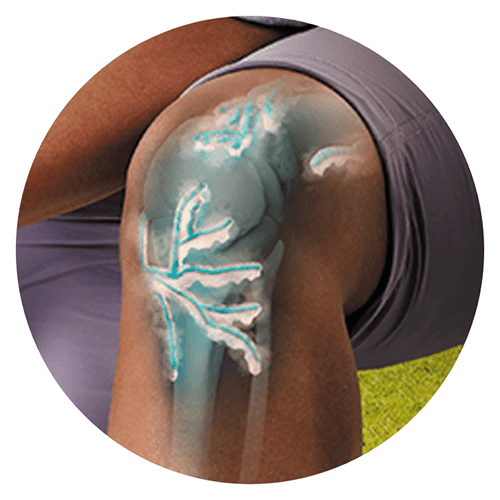 Southern Comfort Pain and Wellness offers Iovera®, an innovative, non-opioid treatment that uses targeted cold therapy to temporarily block pain signals from nerves. This minimally invasive procedure provides immediate relief for conditions such as knee osteoarthritis, chronic joint pain, sports injuries, and post-surgical pain, with effects lasting up to 90 days. Performed in-office within 20-30 minutes, Iovera® allows patients to resume daily activities promptly without the need for medication or extensive recovery time.
Southern Comfort Pain and Wellness offers Iovera®, an innovative, non-opioid treatment that uses targeted cold therapy to temporarily block pain signals from nerves. This minimally invasive procedure provides immediate relief for conditions such as knee osteoarthritis, chronic joint pain, sports injuries, and post-surgical pain, with effects lasting up to 90 days. Performed in-office within 20-30 minutes, Iovera® allows patients to resume daily activities promptly without the need for medication or extensive recovery time.
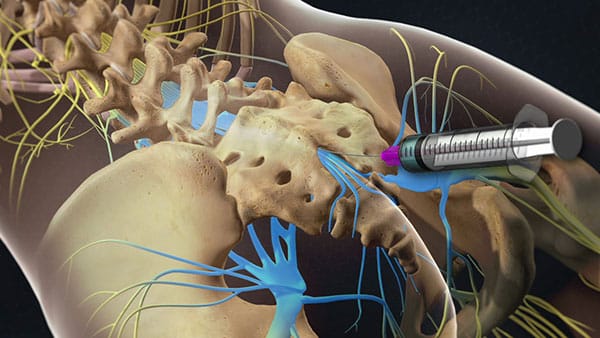 Caudal Epidural Steroid Injection is a steroid that is delivered to your lower back to treat chronic back and lower extremity pain.
Caudal Epidural Steroid Injection is a steroid that is delivered to your lower back to treat chronic back and lower extremity pain.
The most common conditions treated are Sciatica, Degenerative Lumbar Spinal Stenosis and Herniated/Bulging Disc.
In a caudal injection, a corticosteroid (anti-inflammatory medication) is injected into the epidural space thought the bony opening in your tailbone to reduce inflammation and irritation. The entire procedure usually takes less than 15 minutes.
The extent and duration of pain relief may depend on the amount of disc or nerve root inflammation. Other coexisting factors may also be responsible for your pain. Sometimes injections may bring pain relief for several weeks to months and then further treatment is needed. Other times a single injection brings long-term relief.
The most important and greatest success achieved with the use of epidural steroid injections is the rapid relief of symptoms. This often allows patients to experience enough relief to become active and resume their normal daily activities.
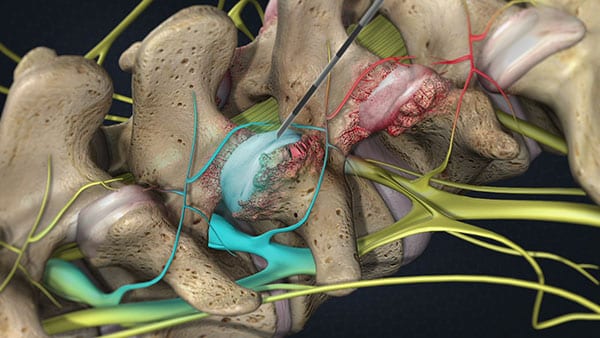 Cervical facet joints are small joints located in pairs on the back/side of your neck whereas thoracic facet joints are in your mid-back and the lumbar facet joints are in your lower back. These joints provide stability and help guide motion. The facet joints can become painful due to arthritis, a back injury or mechanical stress to the back.
Cervical facet joints are small joints located in pairs on the back/side of your neck whereas thoracic facet joints are in your mid-back and the lumbar facet joints are in your lower back. These joints provide stability and help guide motion. The facet joints can become painful due to arthritis, a back injury or mechanical stress to the back.
The cervical facet joints can cause pain in your head, neck, shoulder or arm whereas the thoracic facet joints can cause pain in your mid-back, chest and on rare occasion your arm. The lumbar facet joints can cause pain in your lower back.
A cervical (neck), thoracic (upper back) or lumbar (lower back) facet joint injection involves injecting a steroid medication and long acting local anesthetic, which can anesthetize the facet joints and block the pain.
Facet joint injections usually have two goals: to help diagnose the cause and location of pain and to provide pain relief. First, by placing numbing medicine into the joint, the amount of immediate pain relief you experience will help confirm or deny the joint as a source of your pain. That is, if you obtain complete relief of your main pain while the facet joints are numb, then these joints are likely your pain source.
Furthermore, time-release cortisone will be injected into these joints to reduce any presumed inflammation, which can, on many occasions, provide long-term pain relief.
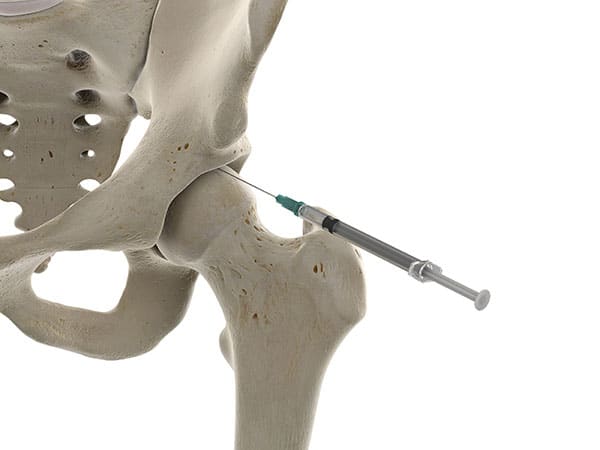 Because the hip joint is quite deep and tight, a long thin needle is used. A special x-ray is utilized for guidance in properly targeting and placing the needle, and for avoiding nerve or other injury.
Because the hip joint is quite deep and tight, a long thin needle is used. A special x-ray is utilized for guidance in properly targeting and placing the needle, and for avoiding nerve or other injury.
Once the needle appears to be in the correct position, several drops of contrast dye are then injected to make sure that the tip of the needle is actually inside the hip joint. A small mixture of local anesthetic to give rapid pain relief plus a steroid which acts as a very powerful anti-inflammatory is injected into the joint.
Patients may or may not obtain pain relief in the first few hours after the injection, depending upon whether or not the joint that was injected is the main source of the patient’s pain. On occasion, the patient may feel numb or experience a slightly weak or odd feeling in the leg for a few hours after the injection.
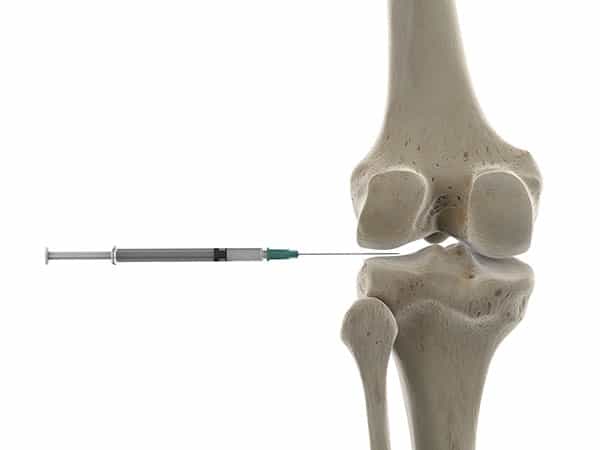 Knee injections are usually administered only for knee pain caused by arthritis, since other types of knee pain are better alleviated by methods such as physical therapy, braces, compressions, or surgery.
Knee injections are usually administered only for knee pain caused by arthritis, since other types of knee pain are better alleviated by methods such as physical therapy, braces, compressions, or surgery.
Injections into the knee are performed in an office setting. It is not necessary to have x-ray assistance with the injections as the joint is not far from the surface of the skin.
A needle is inserted into the joint and then some numbing medicine along with a corticosteroid, which is a strong anti-inflammatory medication are injected just under the skin.
Peripheral nerve blocks are generally done to control pain arising from a nerve, also known as neuralgia. Nerve injury can be caused by trauma, compression, ischemia, or toxic exposure to a nerve.
In general, a combination of cortisone and long-acting local anesthetic is injected in proximity to the injured nerve in order to provide pain relief and reduce nerve irritation. These procedures are done at bedside and take only a few minutes.
Commonly performed peripheral nerve blocks include Ilioinguinal nerve blocks for groin pain after hernia surgery, or due to compression from tight fitting belts, or trauma.
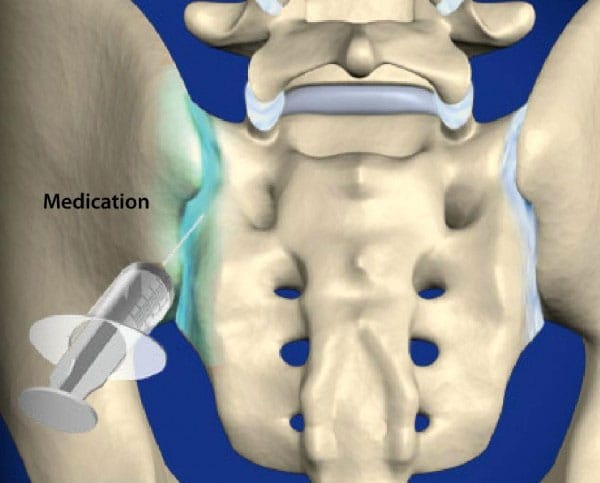 These are primarily used either to diagnose or treat low back, buttocks, groin or leg pain associated with sacroiliac joint dysfunction. The sacroiliac joints lie next to the spine and connect the sacrum with the hip on both sides. There are two sacroiliac joints, one on the right and one on the left. When one or both of these joints become irritated or injured, they can cause chronic discomfort and pain. Common complaints are pain when rising from a seated position, feeling “stuck” when standing up after bending over, and pain with crossing the legs.
These are primarily used either to diagnose or treat low back, buttocks, groin or leg pain associated with sacroiliac joint dysfunction. The sacroiliac joints lie next to the spine and connect the sacrum with the hip on both sides. There are two sacroiliac joints, one on the right and one on the left. When one or both of these joints become irritated or injured, they can cause chronic discomfort and pain. Common complaints are pain when rising from a seated position, feeling “stuck” when standing up after bending over, and pain with crossing the legs.
Guided by a special x-ray, the doctor injects a local anesthetic into the affected joint with the goal of determining immediate pain relief. If the anesthetic relieves your pain, this confirms the diagnosis. A corticosteroid medication is also injected. This strong, long-acting medicine reduces inflammation within the joint, which in turn could help alleviate the pain over a longer period of time.
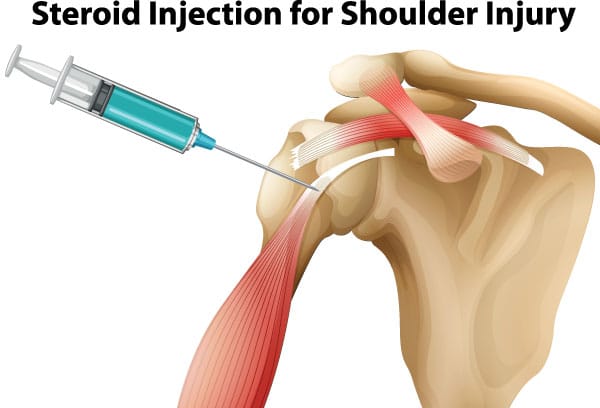 Injections of the shoulder are common treatments for aches, pains, numbness or tingling in the shoulder.
Injections of the shoulder are common treatments for aches, pains, numbness or tingling in the shoulder.
Shoulder injections involve inserting a needle into the shoulder joint, then injecting long acting local anesthetic and steroid. Physical therapy or home exercises after injection are strongly encouraged.
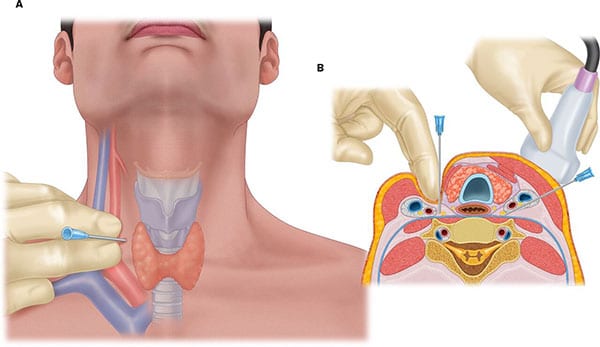 A stellate ganglion block is an injection of a small amount of local anesthetic in the sympathetic nerve tissue of the neck which is located on either side of the voice box.
A stellate ganglion block is an injection of a small amount of local anesthetic in the sympathetic nerve tissue of the neck which is located on either side of the voice box.
It blocks the nerves that go to the arms and to some degree the sympathetic nerves that go to the face. This may in turn reduce pain, swelling, color and sweating changes in the upper extremity and may improve mobility.
It may be performed if you are experiencing facial pain, neck pain, or arm pain as a result of the following: shingles affecting the trigeminal nerve or cervical and upper thoracic dermatomes; acute vascular insufficiency of the face and arms, complex regional pain syndrome (RSD) of the face, neck, arms, and upper thorax; Raynaud’s syndrome of the arms; phantom limb pain; and sympathetically mediated pain from cancer. There is exciting research in using stellate ganglion blocks for PTSD as well as post-COVID anosmia (lack of smell).
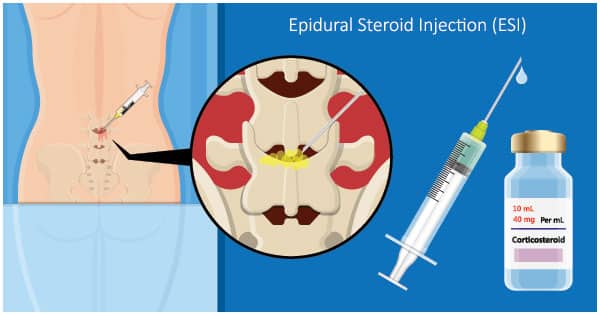 This procedure is used to treat chronic neck and low back pain that radiates to the arms or legs, and can be performed anywhere along the spine.
This procedure is used to treat chronic neck and low back pain that radiates to the arms or legs, and can be performed anywhere along the spine.
It consists in delivering anti-inflammatory medication directly into the epidural space (outermost part of the spinal canal) and therefore closer to the source of pain. The medication reduces the inflammation around the irritated nerve that is causing pain and discomfort. A special Xray is used to guide the needle into the epidural space. A small amount of contrast is injected to confirm placement in the right place prior to injecting steroids.
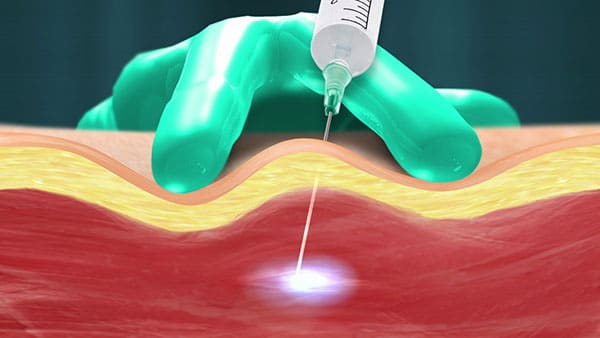 When a muscle becomes stiff, torn, or bruised, the point of origin for the injury is known as the “trigger point”. A trigger point injection contains a mixture of medications that helps the muscle relax and reduce inflammation. As the medication does its work, blood flow will improve and the body will start to heal itself.
When a muscle becomes stiff, torn, or bruised, the point of origin for the injury is known as the “trigger point”. A trigger point injection contains a mixture of medications that helps the muscle relax and reduce inflammation. As the medication does its work, blood flow will improve and the body will start to heal itself.
Pain from an injured muscle can cause headaches and aches in other areas of the pain such as the arms, legs, or lower back. Treating the pain at the trigger point is one of the most effective means of remedying these problems. After identifying the trigger point, a small needle is inserted into the muscle where a long acting local anesthetic and steroid are then injected.
To see if our wellness treatments would be a fit for you, contact our office and schedule an appointment. We’re here to help.